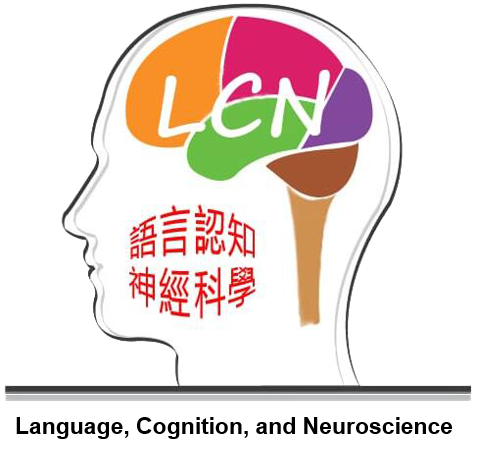Past Events
Clinical application of repetitive transcranial magnetic stimulation (rTMS) for swallowing disorders following stroke
2018.01.31 Dr. Ivy Cheng
Speech Therapist
Chance Developmental Support Centre
Clinical application of repetitive transcranial magnetic stimulation (rTMS) for swallowing disorders following stroke
Swallowing disorders (dysphagia) is common among stroke patients. Recovery of swallowing functions after stroke relies on the reorganization of neurological systems (neural plasticity). Studies have found that repetitive transcranial magnetic stimulation (rTMS) can be used to promote neural plasticity and improve swallowing functions in acute stroke survivors. rTMS is a non-invasive neuromodulation technique that can increase or decrease cortical excitability through electromagnetic induction. Cortical excitability refers to how readily motor responses can be elicited by external stimulation of the cortex. It can be affected by aging and neurological diseases. Swallowing involves complex coordination of muscles and the tongue muscles are especially important for swallowing. However, little is known about the changes in cortical excitability of the tongue with aging and after stroke. For the clinical application of rTMS, much research has been done with the acute post-stroke dysphagic population, yet its therapeutic potential for the chronic population remains uncertain.
A series of studies have been conducted to investigate (1) the changes in cortical excitability of the tongue with aging and stroke, and (2) the effectiveness of rTMS as a treatment for chronic post-stroke dysphagia. The findings of the studies showed that the cortical excitability of the tongue was significantly reduced in adults aged above 65 and in stroke survivors when compared to age-matched healthy adults. There was a substantial inter-individual variability in the responses to rTMS. Group-level analysis revealed insignificant treatment effects. However, individual analysis suggested that individuals with higher cortical excitability may respond better to rTMS than those with lower cortical excitability.





